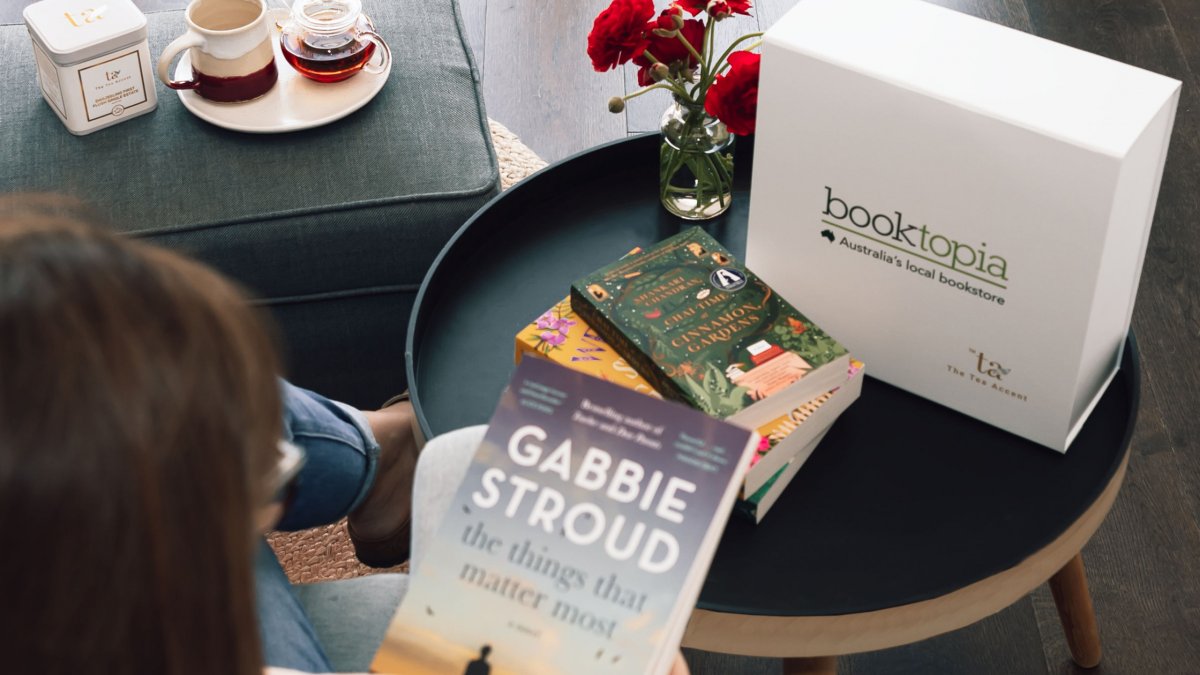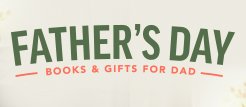The Booktopia Book Guru asks
Margo Lanagan
author of Sea Hearts, Yellow Cake, White Time and more…
Ten Terrifying Questions
————————————-
1. To begin with why don’t you tell us a little bit about yourself – where were you born? Raised? Schooled?
I was born in Newcastle, New South Wales. I was brought up in Raymond Terrace, a country town nearby. When I was about 12 we moved to Melbourne where I spent my teens.
My three sisters and I were sent to Catholic schools, co-educational at primary level, girls’ schools for high school. As a result, by the time we left school, men were well and truly Martians to us.
2. What did you want to be when you were twelve, eighteen and thirty? And why?
When I was twelve I would have told you I wanted to be an electronics engineer, but I think I was just currying favour with my father. When I was eighteen? Heavens, I didn’t know—was I allowed to want things for myself? I was too busy striving to please and appease my unpleasant boyfriend of the time.
When I was thirty I had a two-year-old son; I just wanted to be a person who regularly got a decent night’s sleep. But by then I’d started writing novels, so I guess I was working my way towards becoming a writer, even if I was only half conscious at the time.
3. What strongly held belief did you have at eighteen that you do not have now?
That if someone tells you they love you, it must mean that you automatically love them back. Ha! (You know, you’re right—these questions are terrifying!)
4. What were three works of art – book or painting or piece of music, etc – that, you can now say, had a great effect on you and influenced your own development as a writer?
Helen Garner’s novel Monkey Grip. That the stuff of everyday life in late-70s Melbourne, from the point of view of an uncertain feeling-her-way-through-life young woman, could be pulled together to make a novel was quite a revelation to me. It brought my reading down to earth, connected it to my life in a way that I hadn’t realised it could be connected before.
 William Mayne’s Earthfasts, the first book in the trilogy. In his obituary the Guardian described his writing as ‘allusive and spare’, but what I remember from this book most clearly was the warmth among the characters, and the beautifully imagined disorientation of the time-slipped drummer boy. That sense of a fantastical tale being firmly anchored in an utterly believable real-world setting is something I’m often trying for.
William Mayne’s Earthfasts, the first book in the trilogy. In his obituary the Guardian described his writing as ‘allusive and spare’, but what I remember from this book most clearly was the warmth among the characters, and the beautifully imagined disorientation of the time-slipped drummer boy. That sense of a fantastical tale being firmly anchored in an utterly believable real-world setting is something I’m often trying for.
When she was young my mother’s uncle gave her an enormous, beautiful edition of Peter Pan in Kensington Gardens, with tipped-in colour illustrations by Arthur Rackham. The bleakness and the spikiness of those pictures, the terrible vulnerability of the (sometimes completely naked!) baby to the cold weather, the strange community of crows and fairies and wizened old folk—brrrr! The horror of examining those pictures, the possibilities they opened up, those are very much part of my writing now.
5. Considering the innumerable artistic avenues open to you, why did you choose to write a novel?
Because I could do it entirely in solitude, with no one else’s opinion swaying mine, if I kept it private. There was no politicking involved, at least in the actual novel-generation stage. The process and the resulting artefact were mine, all mine.
Because it was the cheapest form of art to produce—and it still is, if you compose longhand on paper. I love the simplicity of that, that you can start out with a horrible scrawl of barely connected ideas on the back of an envelope, and end up with a carefully constructed experience, anywhere between 2000 and 130,000 words long (well, that’s as long as I’ve ever gone) for people to put themselves through—if they feel inclined, if they do you the honour of deciding you’re their sort of writer.
Because the sustained enjoyment I got from reading a good novel was something that I wanted to reproduce. I thought that would be what we in genre fiction call an awesome superpower.
6. Please tell us about your latest novel…
 Sea Hearts, or The Brides of Rollrock Island, depending on where in the world you are, is a story about selkies, seals from Scottish and Nordic myth who come ashore and shake off their skins and live as humans. As long as you keep their skins out of sight, they’re trapped on land, constantly yearning for the sea. They’re madly attractive and mysterious, and their presence among humans without exception leads to tragedy.
Sea Hearts, or The Brides of Rollrock Island, depending on where in the world you are, is a story about selkies, seals from Scottish and Nordic myth who come ashore and shake off their skins and live as humans. As long as you keep their skins out of sight, they’re trapped on land, constantly yearning for the sea. They’re madly attractive and mysterious, and their presence among humans without exception leads to tragedy.
Sea Hearts started off as a novella, which I wrote for an anthology of novellas (X6, edited by Keith Stevenson, Coeur de Lion, Sydney, 2009). The whole story took place in the time after all the men on Rollrock Island had taken selkie wives, and I had big questions about how and why this had come about, why this kept on happening here—because I always imagined the selkie-wife-taking to be part of a cycle that the men were trapped in, that they made the same mistake every century or so.
It was one of those stories that just kept on giving; every time I poked at a loose bit of plot it would ask me interesting questions. The experience of unravelling Rollrock’s selkie history and knitting it back up again in different ways, while it must have been unnerving for my editors, was very satisfying for me.
Click here to buy Sea Hearts from Booktopia, Australia’s No.1 Online Book Shop
7. What do you hope people take away with them after reading your work?
With Sea Hearts, I’m hoping they’ll leave with a tear-soaked handkerchief, a feeling of having been turned inside-out emotionally, and the strong smell of rotting tidewrack and deep-sea magic in their nostrils.
Speaking more generally? When I read, myself, I like to walk away from a story still buzzing with what it might have meant, determined to go back and re-read it as soon as possible and pick up all the clues that writer left for me. I would love to think that some people found my work to be like that, that it tumbled them along slightly intoxicated by the words, but felt dense and juicy enough for them to have to decide, Will I slow down to take it all in at first pass, or will I race straight through and then re-read more attentively?
 8. Whom do you most admire in the realm of writing and why?
8. Whom do you most admire in the realm of writing and why?
I like writers who are clearly undertaking a journey that’s entirely their own, for the sake of the discoveries they can make through the writing, writers about whose work there is never (or there is no longer) even the merest whiff of commercial imperative. There are tons of them out there. Just two of the women: Ursula Le Guin and Kelly Link. Two of the men: Alan Garner and George Saunders. I’d be just as curious to read the stories my favourite writers considered to have ‘failed’, their process is so absorbing to me.
9. Many artists set themselves very ambitious goals. What are yours?
Just to keep writing: to dig deeper and to write more truly and to keep pitching myself at projects that are slightly bigger than I can cope with, until I fall down dead. Nothing fancy.
10. What advice do you give aspiring writers?
Aim to have a well-balanced life in which, as well as doing your writing, you get out and experience the world beyond your own mind and achieve good things out there.
Read. Read enough to absorb the rules of good writing by osmosis (as well as, or instead of, being taught them at school, depending on your luck). Read all over the shop, all genres, all styles; try to get a feeling for the size and variety of as many literatures, as many different forms in which words do their work, as possible.
As for your own writing, just keep going, until the activity itself becomes the rewarding thing, not what it can get you, what it can prove to people. If you stop feeling abidingly curious about what you can learn through the writing process, give it away.
Margo, thank you for playing.
You can follow Margo on Twitter – here.
Click here to buy Sea Hearts from Booktopia, Australia’s No.1 Online Book Shop
About the Contributor
John Purcell
While still in his twenties, John Purcell opened a second-hand bookshop in Mosman, Sydney, in which he sat for ten years reading, ranting and writing. Since then he has written, under a pseudonym, a series of very successful novels, interviewed hundreds of writers about their work, appeared at writers’ festivals, on TV (most bizarrely in comedian Luke McGregor’s documentary Luke Warm Sex) and has been featured in prominent newspapers and magazines. Now, as the Director of Books at booktopia.com.au, Australia’s largest online bookseller, he supports Australian writing in all its forms. He lives in Sydney with his wife, two children, three dogs, five cats, unnumbered gold fish and his overlarge book collection. His novel, The Girl on the Page, was published by HarperCollins Australia in October, 2018.





 9 book and tea pairing recommendations for the 2023 holiday season
9 book and tea pairing recommendations for the 2023 holiday season  Recommendations for Women in Translation
Recommendations for Women in Translation  10 books your dad will love this Father’s Day!
10 books your dad will love this Father’s Day!
Comments
February 10, 2012 at 12:54 pm
Thanks for the cool interview with Margo! I very much enjoyed it. Thanks also to Margo for being fearless and agreeing to this interview.
February 11, 2012 at 10:48 am
Lovely interview Margo.
February 12, 2012 at 1:39 am
The answers to the last four questions are pure gold.
SF Tidbits for 2/13/12 - SF Signal – A Speculative Fiction Blog
Geek Media Round-Up: February 14, 2012 – Grasping for the Wind
January 30, 2013 at 3:00 pm
Gorgeous responses. Wonderfully inspirational! Thank you Margo.
MARGO LANAGAN Sea Hearts. Reviewed by Linda Funnell - Newtown Review of Books | Newtown Review of Books